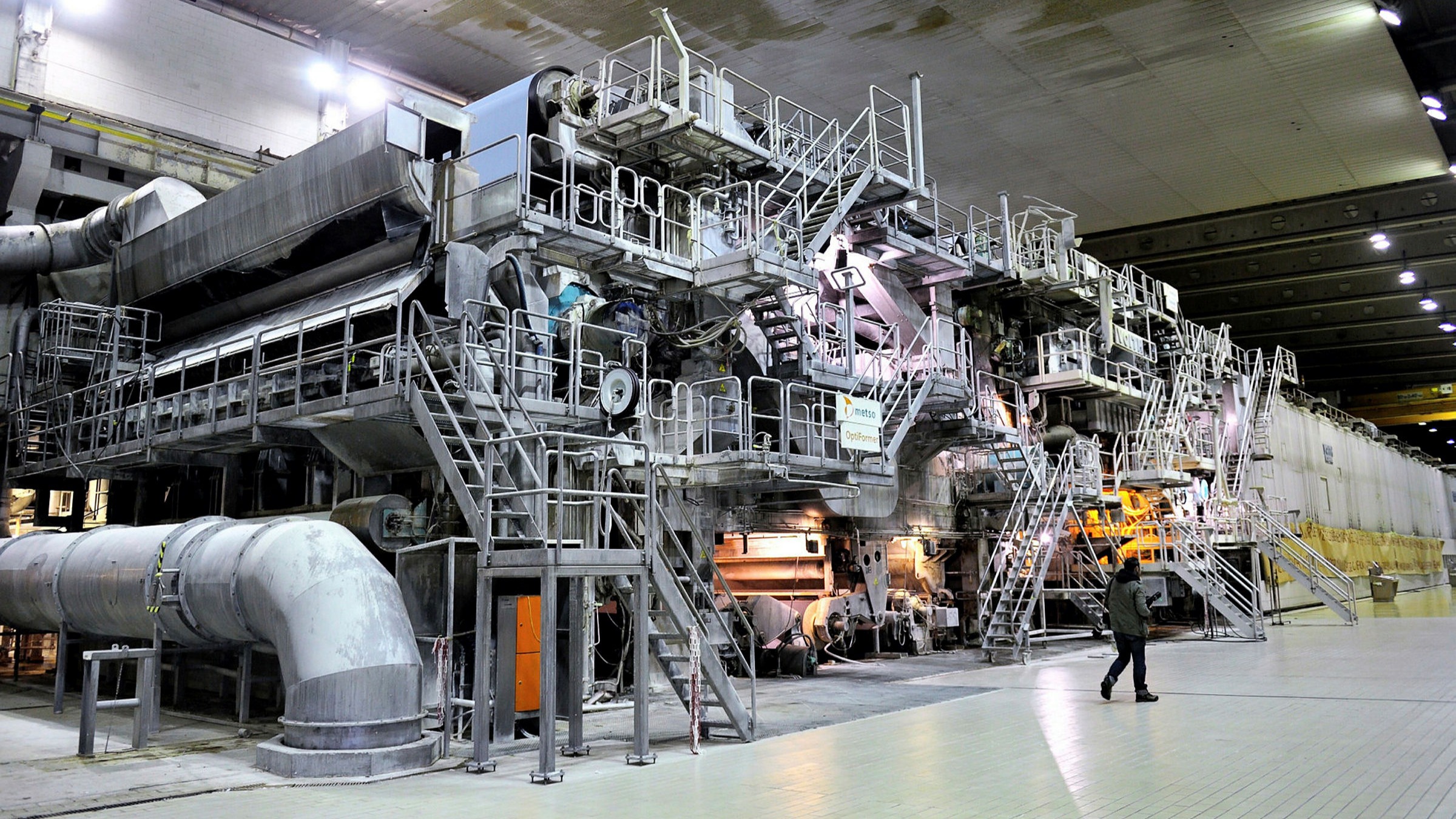
Hydraulics and pneumatics will be a familiar topic for you. Both work using the same principle, Pascal’s law to generate force or motion. The major difference between these two power-transferring techniques is the medium used. For hydraulics, incompressible fluids are used and for pneumatics, compressed gases are used. The article Hydraulics and Pneumatics will be useful article if you want to study the difference between these.
In general, hydraulic systems are used for precise controlling of large force applications, and pneumatic systems for lightweight and speedy applications. Hydraulic-based components are made using steel and pneumatic components are made using plastics and non-ferrous materials.
Hydraulics and pneumatics have similar functions and working principles. The points provided here will help you to choose the right technique for your application.
- Consider the environment of your application(temperature, pressure, etc..)
- Hydraulics is more expensive.
- Hydraulics utilize less energy than pneumatics
- Hydraulic equipment requires a power pack for installation and pneumatic equipment can be plugged into a ring main.
- Hydraulics is suitable for high-pressure applications
- Hydraulics requires more complicated assemblies and repair processes.
Now, in this article, we can discuss applications of hydraulics and pneumatics. Most of the stationary or mobile equipment you use in your daily life is an application of hydraulics and pneumatics. It is impossible to mention each and every example. Some of the daily used hydraulics and pneumatics applications are listed below.
Hydraulics Applications
- Industrial: Electrohydraulics is the mechanism used for controlling the industrial applications of hydraulics. Precise and fast response is an advantage of this. Plastic processing machinery, steel making and primary metal extraction applications, automated production lines, machine tool industry, paper industries, loaders, crushers, presses, textile industry machinery, etc. are some of the examples of industrial hydraulics.
- Mobile Hydraulics: In mobile hydraulics, the hydraulic system is controlled manually. Building and construction equipment like cranes, excavators, backhoes, earth moving equipment, etc., tractors, irrigation system, material handling equipment, tunnel boring equipment, rail equipment, etc. are some examples of mobile hydraulics.
- Automobiles: Hydraulics has many interesting applications in the automobile industry. Most of the important work uses the principle of hydraulics. Power steering, shock absorbers, windshields, and brake are the common applications of hydraulics in vehicles. Two-post lifts and four-post lifts are used in the automobile industry to lift vehicles for servicing and inspecting.
- Marine Applications: Hydraulics plays an important role in maintaining the stability and control of ships. Steering gears, bow, and stern thrusters, engine room maintenance systems including pumps and jacks, deck machinery like cranes, winches, hatch covers, mooring drums, and others are examples of hydraulics in the marine industry.
- Aerospace Applications: Airplanes, rockets, spaceships, etc.. use hydraulic systems for various applications. The aerospace industry uses hydraulics for adjusting wings, retraction, and extension of landing gears, opening/closing of doors, brakes, steering, etc.
- Mining: Hydraulic fracturing is one of the advanced mining technology used for extracting unused gases/oils beneath the earth’s surface. In this approach, a high-pressure mixture of water, sand, and other chemical additives is passed into the cracks.
Pneumatics Applications
- Automobile: The automobile industry uses pneumatic systems for dismantling vehicle tire, filling compressed air in the tire, vehicle painting, opening and closing of doors, air brakes on heavy vehicles, etc.
- Transporting Goods: Pneumatics is used to transport goods from shelves to other locations inside the company. The cylinder will push the item on the shelf into the moving belt if the button is pushed.
- Industrial Applications: Material handling, drilling, sawing, filling, packaging, clamping, shifting, etc. are some of the general applications of the pneumatic system.

